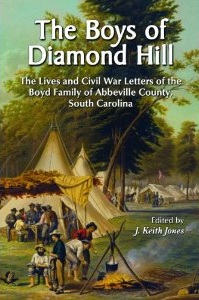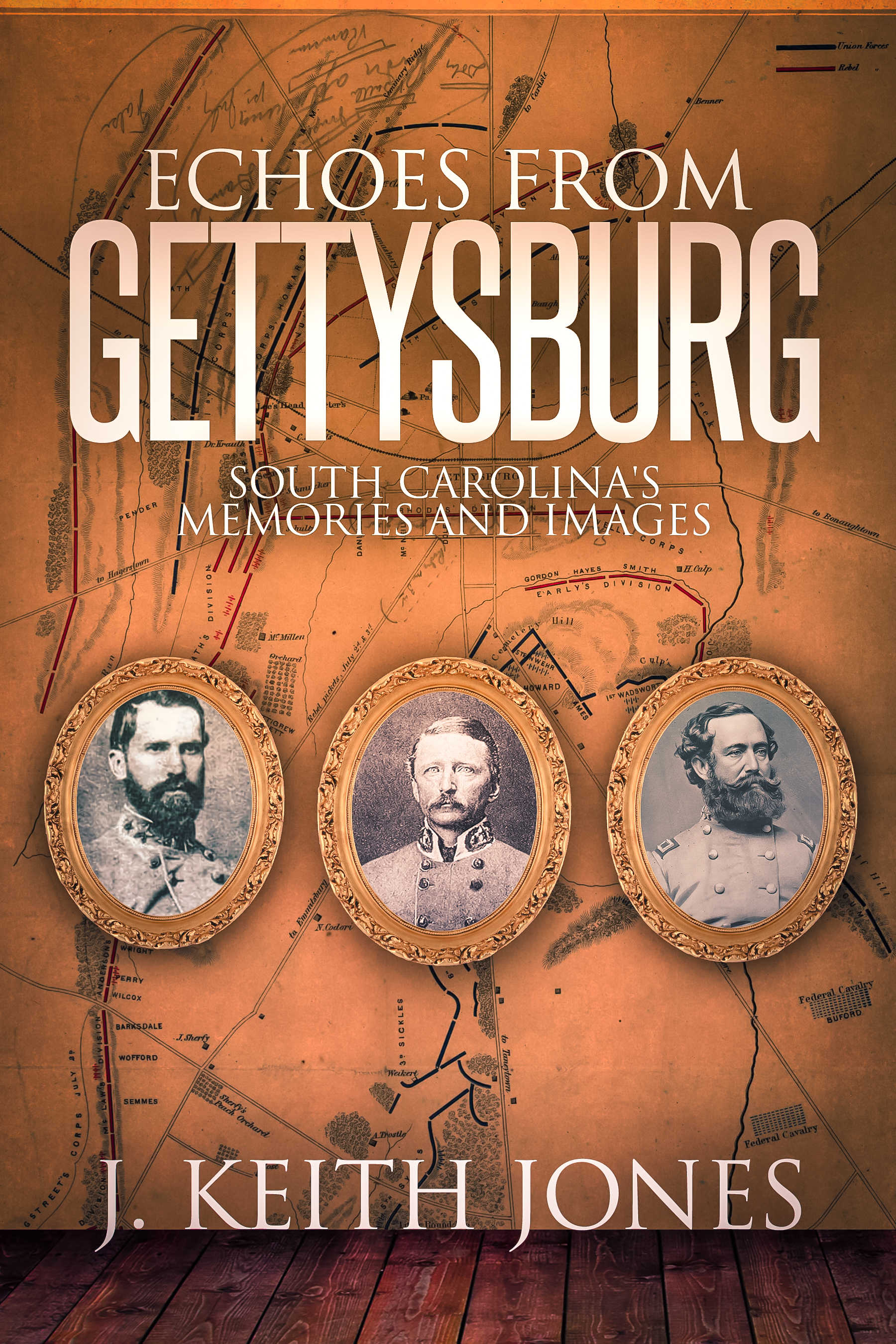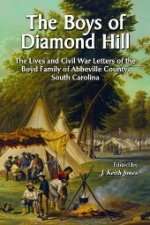 On August 28, 1864 Daniel Boyd wrote his father from Charlestown in Western Virginia — or modern day West Virgina. He gives more details about his participation in Jubal Early‘s Shenandoah Valley Campaign. He tells of going through Winchester and along the Shenandoah River. They — the 7th South Carolina — were sent as skirmishers ahead of the army with the 2nd and 15th South Carolina Regiments in pursuit of the retreating Yankee army. He says that Hiram Cowan of his company was wounded in this action. Hiram F. Cowan recovered from this wound and was in the surrender with Johnston at Durham, NC. Records become sketchy for Cowan in late 1864 and there is no indication of this wound. So, this letter may be the only available source indicating that Cowan was wounded in the line of duty.
On August 28, 1864 Daniel Boyd wrote his father from Charlestown in Western Virginia — or modern day West Virgina. He gives more details about his participation in Jubal Early‘s Shenandoah Valley Campaign. He tells of going through Winchester and along the Shenandoah River. They — the 7th South Carolina — were sent as skirmishers ahead of the army with the 2nd and 15th South Carolina Regiments in pursuit of the retreating Yankee army. He says that Hiram Cowan of his company was wounded in this action. Hiram F. Cowan recovered from this wound and was in the surrender with Johnston at Durham, NC. Records become sketchy for Cowan in late 1864 and there is no indication of this wound. So, this letter may be the only available source indicating that Cowan was wounded in the line of duty.
Daniel relates that the Yankees were burning all of the wheat ahead of them as they retreated through the Valley. He tells his father about the resignation of Lt. James C. Carlisle. Records indicate that Carlisle resigned on Aug. 11, 1864. With this resignation Daniel says “We ar out of officers in our company [D].”
He also writes that he and W. Lawrence Clinkscales and John B. Allen explored a cave. He said: “We went to the end of it distance of three hundred yards. It was dark as knight. It was the grandest site I ever saw. It had rooms and steirs like a bar room. It is as cauld a place as I ever saw for the season.”
On Sept. 1, 1864, Daniel wrote his father again, this time from Winchester, Virginia. In this letter he tells his father about his role in the Battle of Halltown near Harpers Ferry on Aug. 26.
“We got the worst of it. The 7th, 2nd and 15 regments was out on picket. The Yankees saw our line was weak and they massed their force in a peace of woods and charged our lines with cavalry and infantry. The cavalry charged the 15th regment and broke their lines and captured about 75 of them.
We had to do som of our best running. I tell you it was a rite close place. We lost about 25 men in our regment 2 kild and 20 wounded. Ther was too of my company wounded on the 25th. They was going after water when they was wounded. Their naims Warren Cochren and Curren Jones.”
Like with Cowan, Cochren’s wounds are not documented in his service record. Curren (C. E.) Jones was admitted to General Hospital Number 9 in Richmond on Sept. 17, 1864. He was a replacement soldier having enlisted on January 15, 1864. He recovered from his wound and returned to the 7th. There are no other records until his parole with General Joseph E. Johnston’s forces in Durham, NC at the Bennett Place.
He says he will be sending the papers Mr. Boyd will need to file the claim for Andrew‘s final pay with W. Harrison Campbell (Co. H of Anderson, S.C.) who will be going on furlough.
The Military Writers Society of America Gold Medal for History 2012.
To read the entries thus far in the Sesquicentennial series for The Boys of Diamond Hill click here.
To learn more click on the “Diamond Hill” link at the top. To buy the book you may go to any major online retailer such as Amazon or Barnes and Noble, or you may buy it directly from McFarland Publishers. “The Boys of Diamond Hill” is also available for the Kindle.




